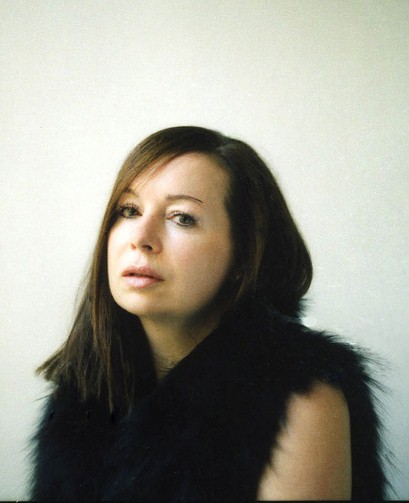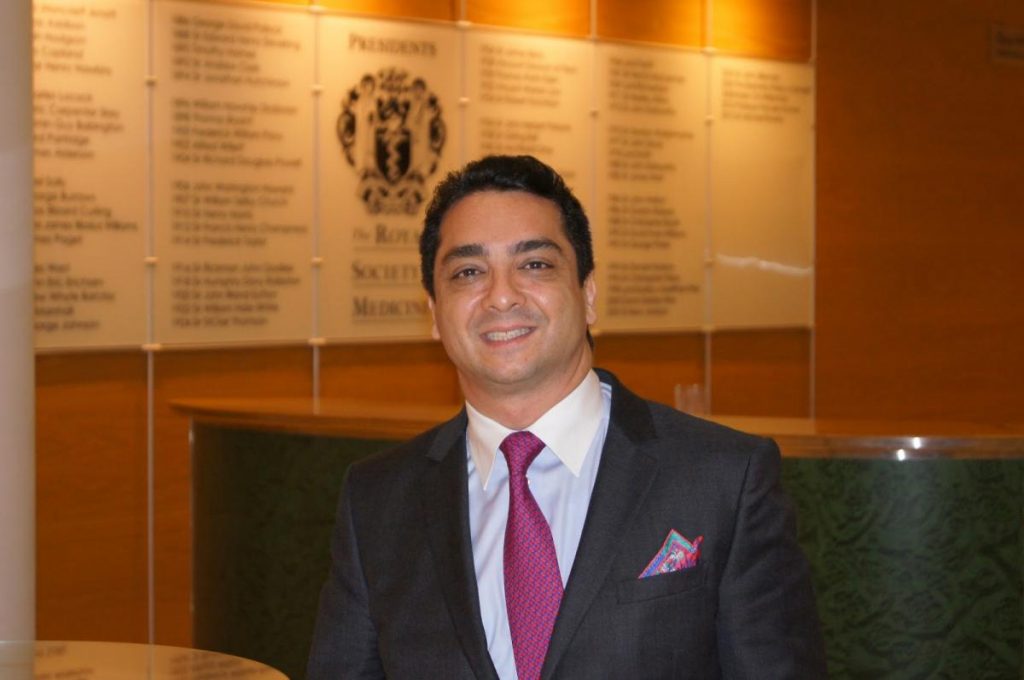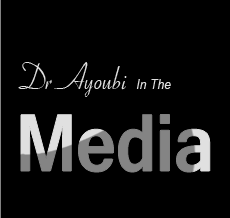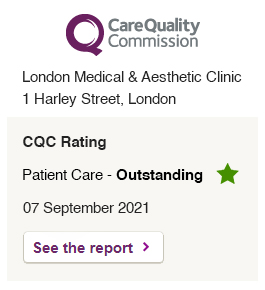ELLE / By Avril Mair
I have a fat face. There’s no polite way to put it. I don’t possess the kind of bone structure the sculpted cheekbone sweeping lines — that has traditionally added up to true beauty. It’s always been the way. But then, a year or so ago, something odd happened. Suddenly, somehow, countless a, celebrities seemed to share my plump, pillowy features. Their bodies were as taut and toned as ever, but their faces were puffed out, filled in. It was quite hard to figure out what they’d done. Frankly, I didn’t care. Finally, I had a fashionable face. The thing is, my fat face is genetically inherited. But these women paid for theirs.

It has become known as `Pillow Face’ — a derisory term for the over-stuffed cheeks and plumped-up skin and plush lips that, after a certain age, can only be achieved with the help of a syringe. In the beauty industry, it’s called ‘volumising’. If cosmetic surgery is about the battle to outwit time, then this is its latest weapon: the fullness of a youthful face, literally and liberally injected into an older one.
`I would be astonished if there was a single Hollywood celebrity over the age of 30 who wasn’t having filler injected into her face,’ says Dr Marc Armangue, who works as an aesthetic physician at south-west London’s Hurlingham Clinic. `It’s a standard procedure nowadays.’
Cosmetic surgery once meant using a scalpel to tighten a sagging face — cutting and hauling up the skin and, by doing so, making the face smaller. Now doctors understand that what makes us look old is the loss of volume, and the way to reverse that is to actually make the face fatter. This is where filler comes in.
From the patient’s own body fat to bovine-derived collagen, from permanent silicone to synthetic hyaluronic acid, there’s an ever-growing array of substances that can be stuffed into a face. Some of them are household names: Restylane, Perlane, and Juvederm. Injected almost painlessly by the syringeful, these wrinkle-fillers provide instant gratification, have few side-effects and gently deflate in less than a year. `If it’s done well, nobody should notice,’ says Dr Armangue. `Not even your husband.’
The trouble for me is that even a fat face ages. By the time we’re 21, our collagen has started to disappear. By the early thirties, nasolabial lines have appeared. These are the chasms that yawn between the mouth and nose, and are the first thing most of us notice as we grow older. Getting rid of them is a simple and unobtrusive job. That is, if you can resist also adding filler to the cheeks andjawline while sitting in the surgeon’s chair.
Over the past few months, I’ve talked with several cosmetic doctors for various articles I’ve been researching. At the end, just before I leave, I always ask what they would do to my face. It’s partly professional curiosity, partly personal vanity, but mostly it’s window-shopping. I now think I see the slow creep of those nasolabial lines. Could I get rid of them? Could I be improved? And in what way?
I’m neither flattered nor horrified by these assessments: it’s only personal opinion, after all. This is the issue, of course: advances in dermatology and cosmetology allow us to erase every imperfection, real or perceived. A cocktail of treatments are on offer: from plumpers to freezers, there are numerous non-invasive procedures to choose from. Which do you want? What does your doctor suggest? There’s no right or wrong answer — it’s all about aesthetic judgement. That’s the trouble with fillers. The danger lies with your own personal taste.
And for some, that personal taste is somewhat questionable. Dr Ayham Al-Ayoubi, from the London Medical & Aesthetic Clinic, sees many women who want something `extreme — they aspire to something which is completely artificial. I say no, of course. But often doctors won’t say no to a celebrity or, if they do, the celebrity then goes to a different doctor.’
Dr Ayoubi doesn’t just attend to the rich and vain; he also works for the NHS as a plastic surgeon, carefully reconstructing the faces of cancer patients. Born in Syria, he spends his days in the operating theatre and his evenings in Harley Street, wielding a syringe. He is charming but straightforward; the kind of doctor who understands that, despite its frivolous nature, cosmetic surgery is still a very serious business indeed. `It’s my professional responsibility to make you look like a better version of yourself,’ he explains. `That doesn’t necessarily mean younger.’

Dr Ayoubi laughs when I talk about my fat face, telling me that it’s actually round, which is something entirely different. He says that I have good skin and am ageing well, but he doesn’t send me home with this happy news. Instead, he suggests I try Sculptra: an injectable volumising treatment that gradually stimulates the skin to produce more of its own collagen. It takes several sessions over a period of three to six months to see the results, which would then last for three or four years. In the meantime, he recommends some filler.
I’ve had filler before: fat syringes of the hyaluronic acids Restylane and Perlane injected in my nasolabial lines and lips. I didn’t need it then, but I was curious. After one session, I let it dissolve, as it does, and never repeated the experience again. Now, at the age of 35, I notice little creases developing between the nose and mouth where my fat face has lost its natural stuffing. This is what Dr Ayoubi will restore. Nothing more.
Having filler isn’t painful. It’s course. But after a liberal unpleasant, of course — I mean, who likes injections in their face? But after a liberal smear of anaesthetic cream and dfurther numbing needle with ice packs, I hardy feel the needle as it slides in.
Again and again. Two syringefuls of something called Teosyal disappear into the flesh between my nose and mouth with startling ease. It takes five minutes, during which time I shut my eyes and hold my breath, expecting some pain. None comes. I feel pressure but nothing else. The whole procedure is over while I’m still waiting for the bad stuff to happen. `Now look at your beautiful face!’ exclaims Dr Ayoubi, handing me a mirror. I hold my breath again. There’s a tiny bloody pinprick above my lip but no bruising, no swelling, nothing to show what’s happened. Nothing… except my face seems smoother. The slight creases have softened out. It’s probably too subtle for anyone but me and Dr Ayoubi to notice.
I don’t look as though I’ve been plumped out into someone else. I look like me — but on a good day. I still have a fat face, of course, but without the puffy cheeks and over-ripe lips of current celebrity. I would be out of place in a gossip magazine.
I like it. I like it a lot. So much, in fact, that I’ve signed up for Sculptra. Like I said, it’s a slippery slope.
To view Dr Ayoubi in the media click here.





